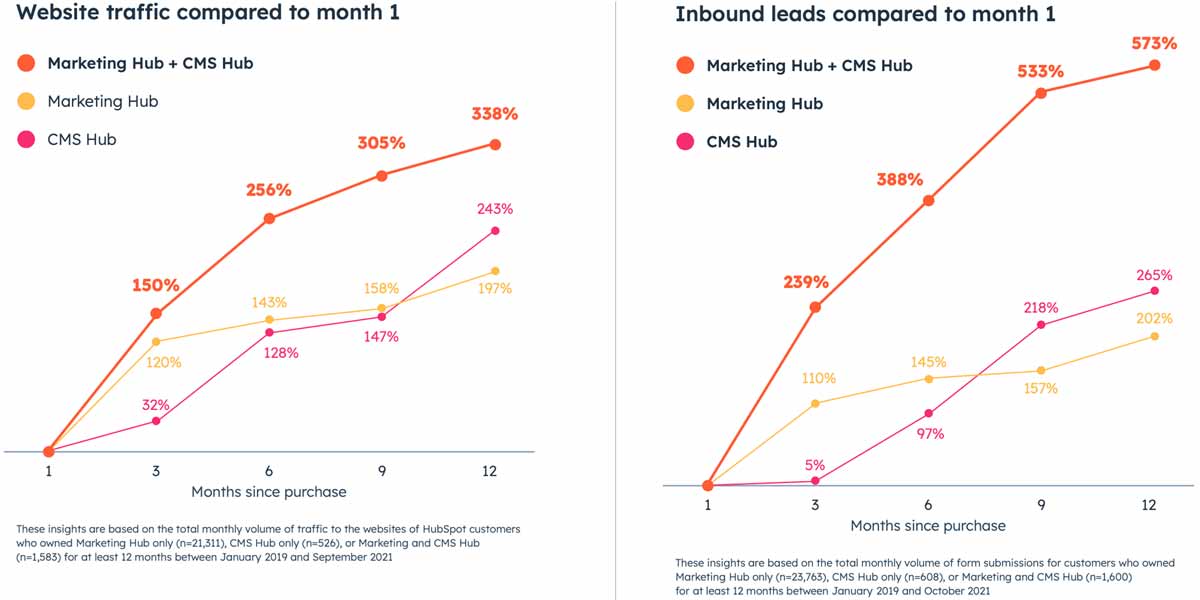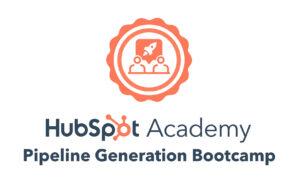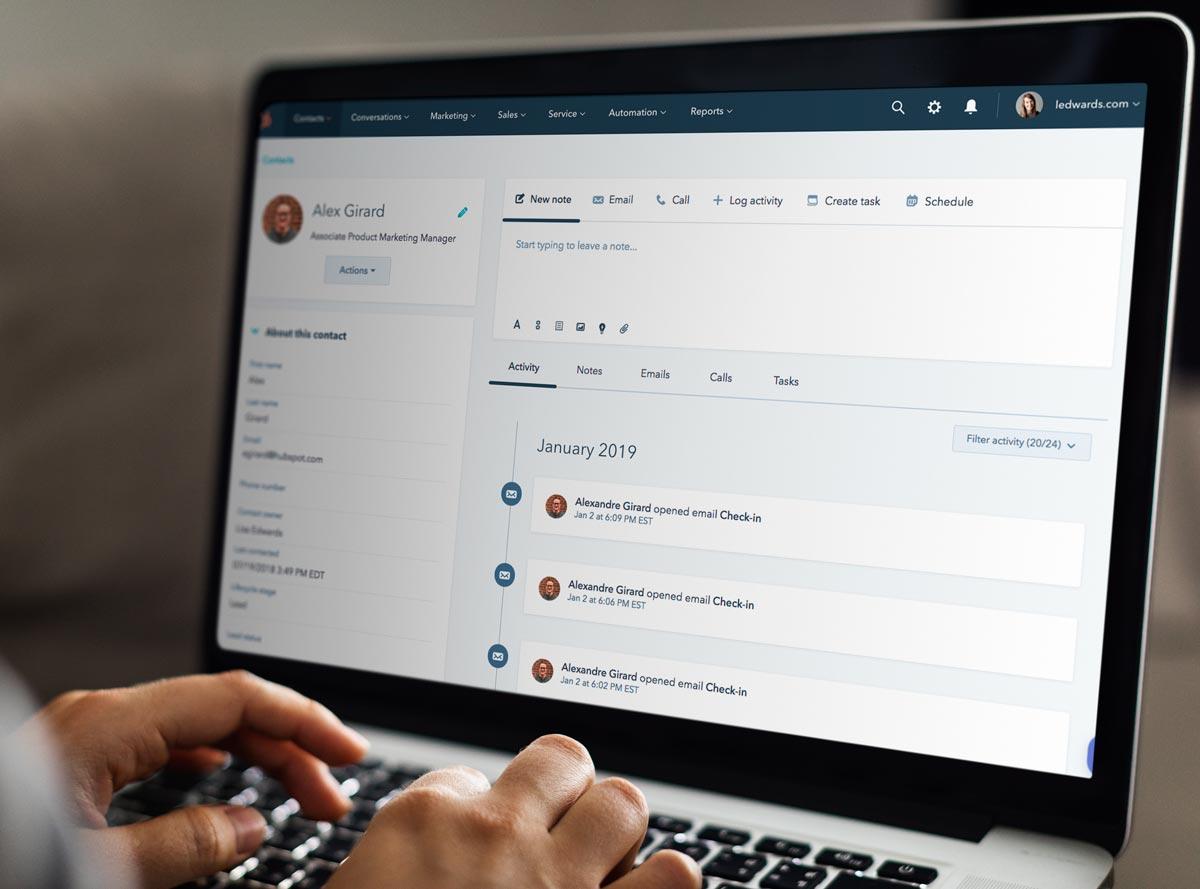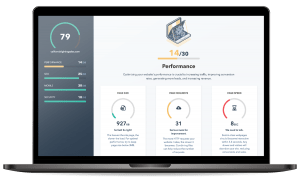At Bynder Group, we’ve been designing and building websites for over 20 years. In that time, we’ve seen the importance of website accessibility grow—and we’ve recently started partnering with accessiBe to provide our clients with a cost-effective solution that will help them achieve legal compliance for accessibility while still maintaining quality UX for all. Here we explain why website accessibility is so important and how you can easily make your website accessible to everyone.
Why is Website Accessibility Important?
Website accessibility simply means making sure that people with disabilities are able to access and navigate your website just as easily as anyone else. This includes individuals with visual, auditory, physical, speech, cognitive, and neurological disabilities. It also benefits those who may not have a disability but may still have trouble accessing a website, such as those using older browsers or devices.
Being ADA-compliant not only ensures that you are following the law but also shows a commitment to inclusivity and accessibility. The Americans with Disabilities Act (ADA) requires that all public accommodation websites be accessible, and failure to do so can result in costly lawsuits. Plus, making your website accessible can also expand your potential audience and customer base.
Simple and affordable website accessibility compliance
Why Your Website Should be ADA Compliant
Avoid Lawsuits
Today, by the power of the Americans with Disabilities Act (ADA), every business website has to be accessible to people with disabilities. The Law prohibits discrimination based on disability in places of “public accommodation”, meaning websites or brick-and-mortar facilities. Therefore, it is important for businesses to make their sites ADA compliant in order to avoid lawsuits or fines.
Practice Inclusivity
Another reason for compliance is the increasing awareness and understanding of digital accessibility among consumers. More people are recognizing the importance and value of accessible websites, and they may choose to do business with companies that prioritize inclusivity. Providing an inclusive experience for all users can improve brand image, enhance recruiting efforts, and increase customer loyalty.
Improve UX and SEO
Being ADA-compliant can also have a positive impact on your website’s search engine optimization (SEO). Accessibility guidelines often overlap with best practices for SEO, such as using descriptive alt text for images and properly structuring heading levels. Additionally, making your website accessible to screen reader users can improve the overall user experience, leading to better conversion rates and increased sales.

The Challenge of Website Accessibility Compliance
There are a few steps you can take to make your website accessible – but the process can be expensive, slow, and inefficient.
First, check for compatibility with assistive technologies such as screen readers. This can be done through manual testing or using online tools like WAVE.
Next, ensure that all content is readable and understandable without relying on visuals or sound. This can be achieved through the proper use of alternative text, closed captioning for videos, and clear language and formatting.
Additionally, include options for adjusting font size, color contrast, and navigational elements like a keyboard-accessible menu. Finally, regularly test and update your website to maintain compliance with accessibility guidelines and standards.
An easier and more cost-effective solution is to utilize an all-in-one software that specializes in ensuring accessibility compliance for websites.
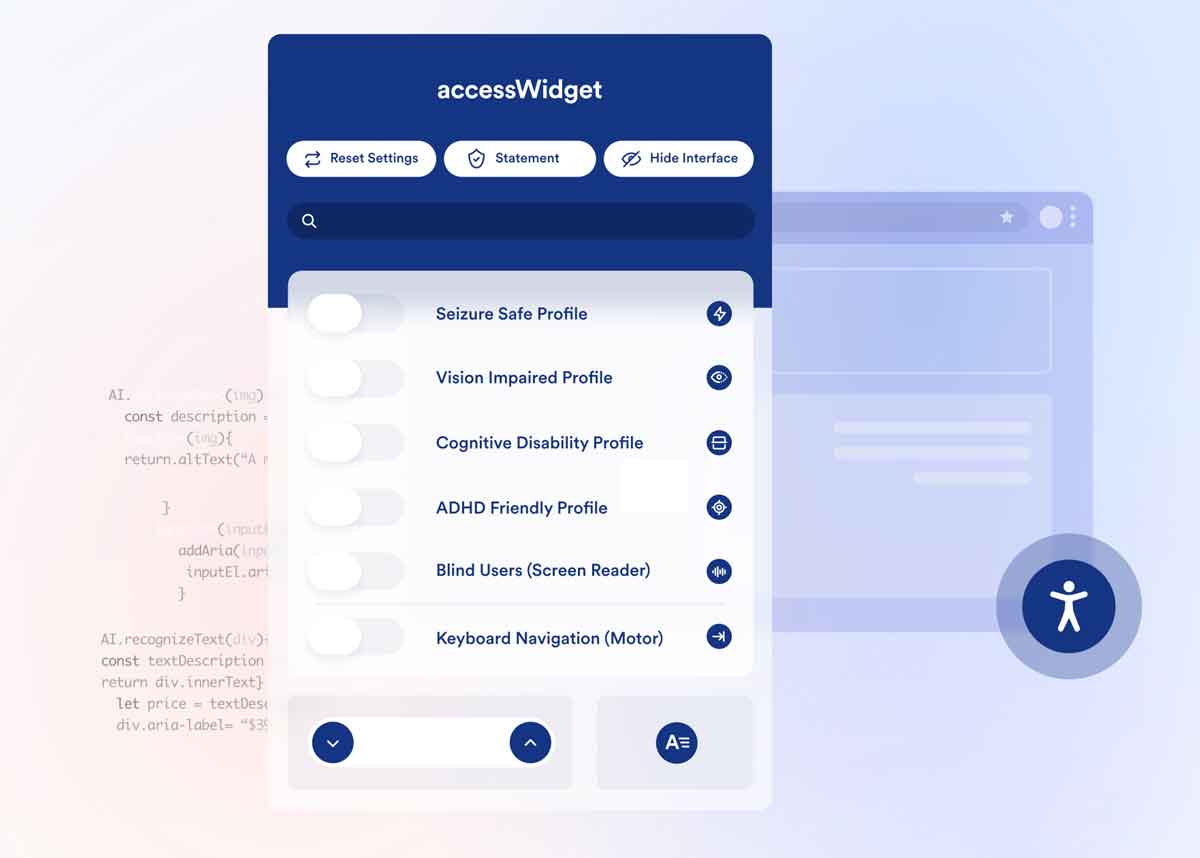
A Better Solution
We have found an excellent website drop-in from industry leader accessiBe that instantly brings a site into compliance with Section 508. Where we used to have to manually monitor a site, then manually fix all issues, then manually recheck a site periodically, we can now use this drop-in to handle it all — automatically.
This cost-effective solution can automatically scan and fix accessibility issues on your website in real-time, without compromising the design or functionality. To do this, accessiBe utilizes artificial intelligence (AI) and automation to continuously monitor and improve the accessibility of a website. It also offers customizable options for personalization, allowing users to tailor their experience on the site. By implementing accessiBe, businesses can both save time and effort in achieving compliance and provide a better user experience for individuals with disabilities.
Simple and affordable website accessibility compliance
How Can Bynder Group Help?
Our partnership with accessibe.com provides our clients with an easy way to make their websites accessible. The process is simple: first, we install the accessiBe tag on your site; then, accessiBe’s artificial intelligence engine analyzes your site and makes it accessible in real-time. This includes adding alt text to images, providing text transcripts for audio/video content, and more. Best of all, because accessiBe’s artificial intelligence engine continues to learn over time, your site will only become more accessible as time goes on.
If you’re interested in making your website accessible but don’t know where to start, we encourage you to reach out to us at Bynder Group to learn more. We’ll be happy to answer any questions you have and help you get started with website accessibility compliance.






